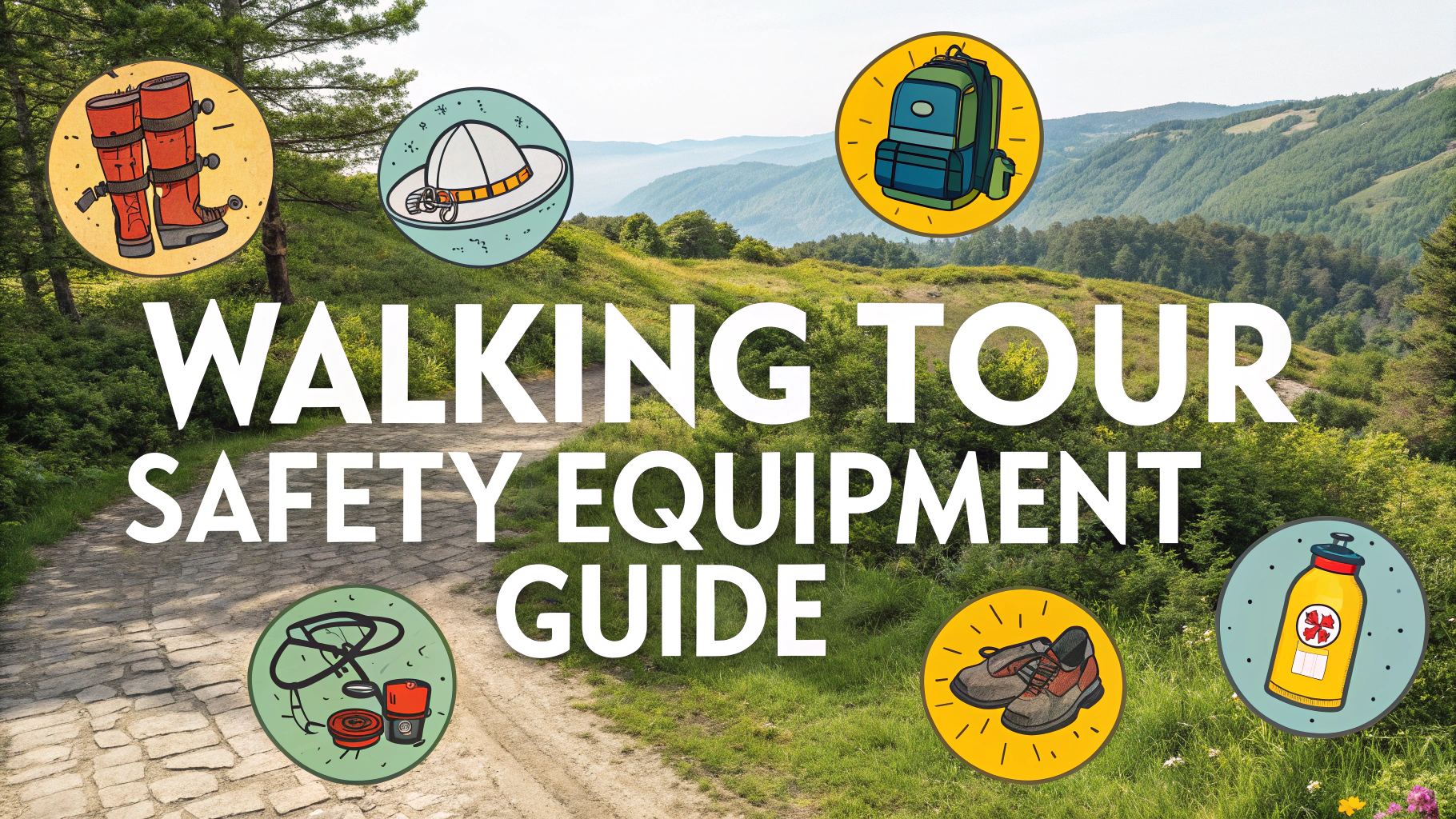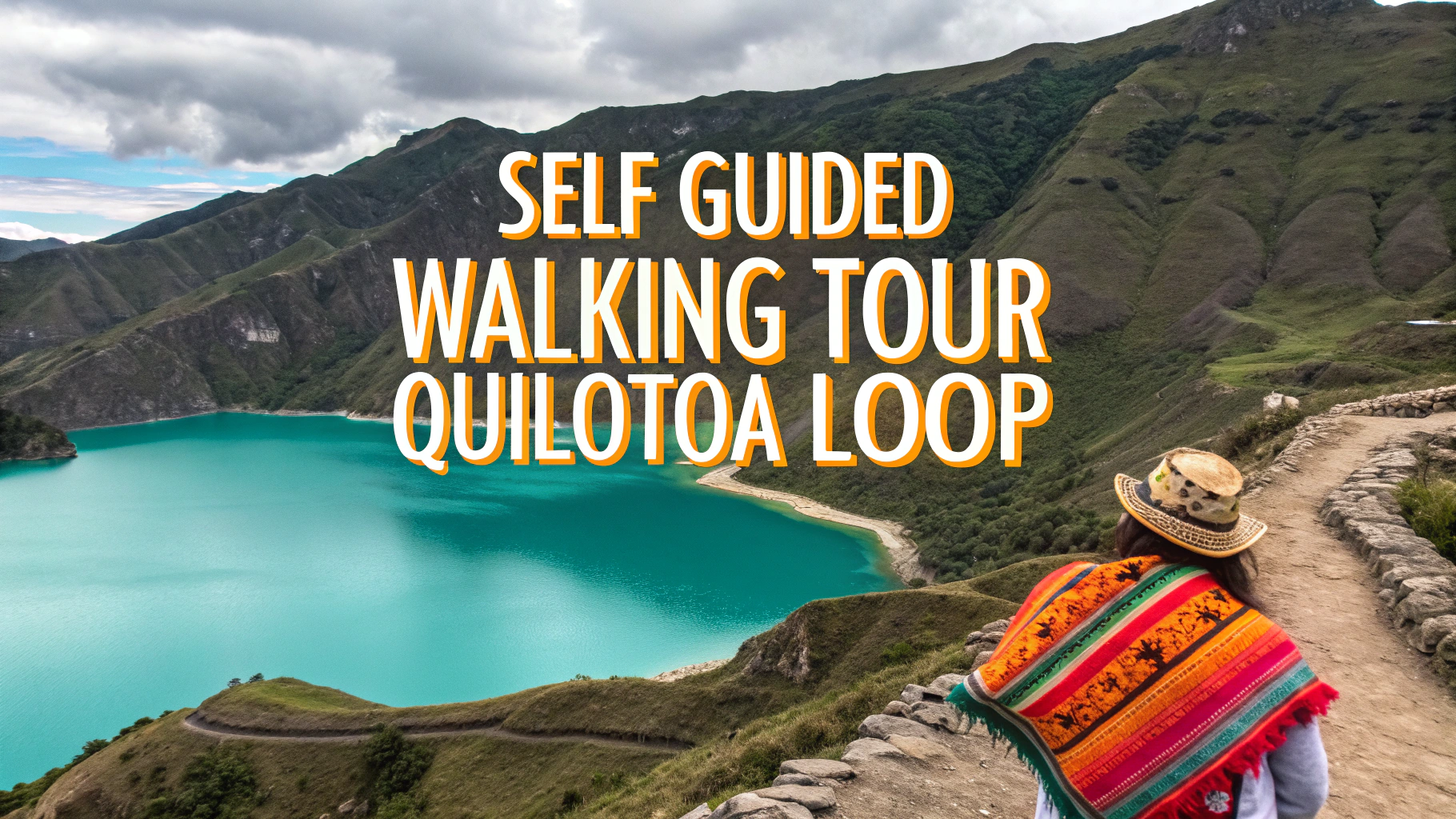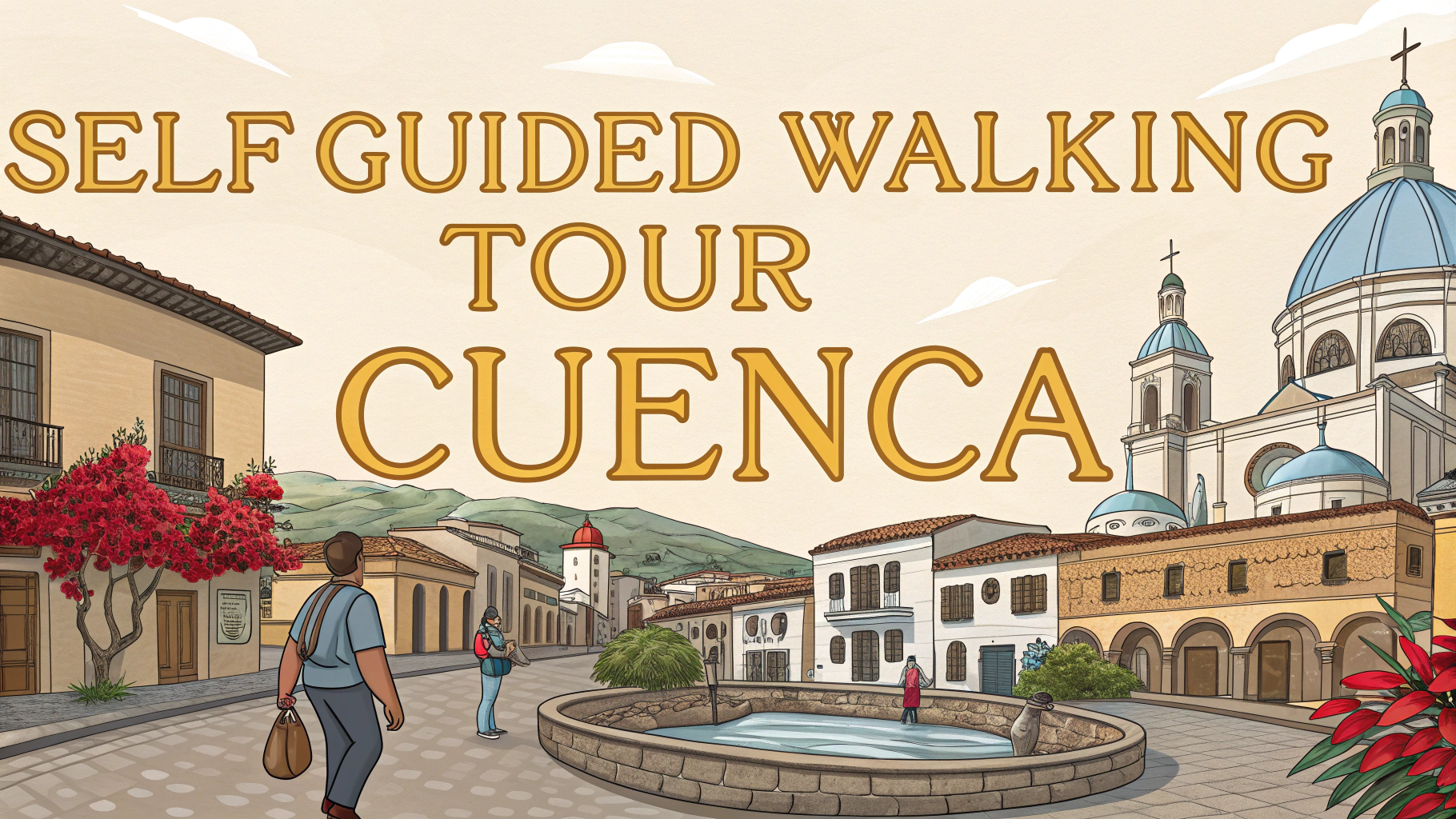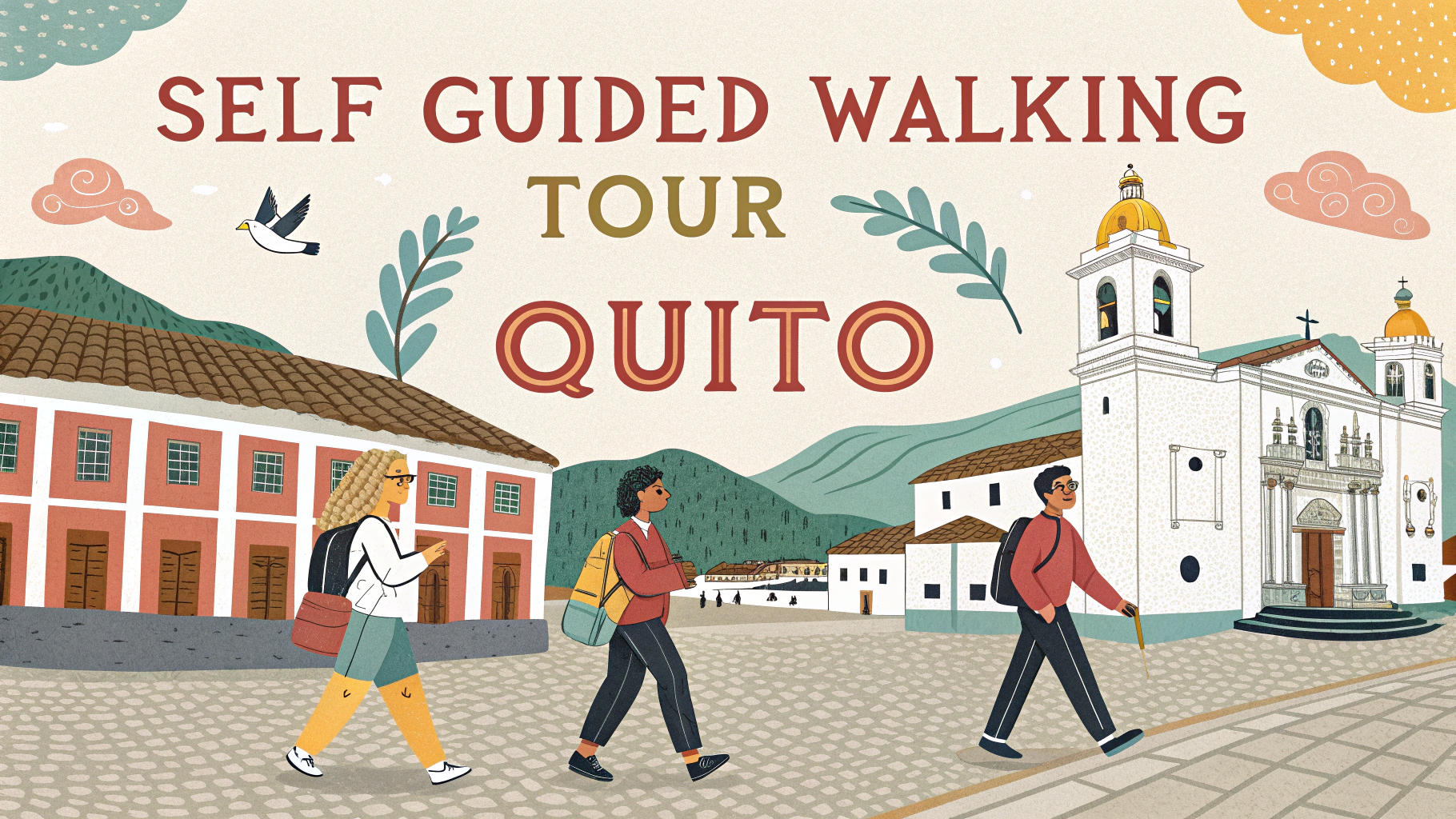A local architectural walking tour lets you discover the unique building styles that shaped your city’s character over time.
Planning Your Route
- Start at the oldest part of town, usually near the original settlement area
- Map out a circular route covering different historical periods
- Plan for 2-3 hours of walking time
- Download offline maps or bring printed materials
What to Bring
- Comfortable walking shoes
- Camera or smartphone
- Water bottle
- Local architecture guidebook
- Weather-appropriate clothing
Key Elements to Observe
- Building materials (brick, stone, wood)
- Window shapes and arrangements
- Roof styles and decorative elements
- Door designs and entranceways
- Architectural details (cornices, columns, moldings)
Documentation Tips
- Photograph buildings from multiple angles
- Take notes about distinctive features
- Record construction dates when available
- Sketch interesting architectural details
Research Resources
- Local historical society archives
- City planning department records
- Public library local history section
- Online architectural databases
Safety Considerations
- Respect private property boundaries
- Watch for traffic when photographing
- Stay aware of surroundings in unfamiliar areas
- Walk with a companion when possible
Enhancing Your Experience
- Read about local history beforehand
- Join local architecture groups on social media
- Compare historic photos with current buildings
- Share discoveries with other architecture enthusiasts
Recommended Apps
- Google Maps (offline mode)
- Architecture guides (specific to your city)
- Photo editing apps for architectural photography
- Historical building databases
Best Times for Tours
- Early morning for best lighting
- Weekends for less traffic
- Spring/Fall for comfortable temperatures
- Clear days for better photography
| Season | Advantages | Challenges |
|---|---|---|
| Spring | Mild weather, good lighting | Rain possible |
| Summer | Long daylight hours | Heat, crowds |
| Fall | Pleasant temperatures | Earlier sunsets |
| Winter | Clear architectural views | Cold weather, short days |
Additional Considerations
Group Tours vs. Self-Guided
- Group tours offer expert commentary and historical context
- Self-guided tours allow flexible pace and schedule
- Specialized themed tours available for specific architectural styles
- Audio guides combine independence with expert information
Photography Techniques
- Use wide-angle lens for full building shots
- Focus on symmetry and leading lines
- Capture architectural details in close-up
- Consider time of day for optimal lighting
Tips for Different Architectural Styles
Historic Buildings
- Look for original features vs. renovations
- Note preservation efforts and modifications
- Study construction techniques of the era
- Identify local adaptations of period styles
Modern Architecture
- Observe innovative materials and technologies
- Study sustainable design elements
- Note integration with surrounding structures
- Identify contemporary architectural trends
Conclusion
Architectural walking tours offer a unique way to experience your city’s heritage and development. By carefully planning your route, bringing essential supplies, and documenting your observations, you’ll gain deeper appreciation for local architecture. Whether choosing guided or self-led tours, each exploration reveals new perspectives on familiar surroundings.
Final Tips
- Share findings with local historical societies
- Consider seasonal tours for different perspectives
- Build knowledge gradually through repeated visits
- Connect with other architecture enthusiasts
FAQs
- What periods shaped the local architectural evolution in most American cities?
From Colonial (1600s-1700s), Federal and Greek Revival (late 1700s-early 1800s), Victorian (mid-late 1800s), to Art Deco (1920s-1930s) and Modern (post-1945) styles defined urban development phases. - How long should I plan for a self-guided architectural walking tour?
Most comprehensive neighborhood architectural tours take 2-3 hours to complete at a comfortable pace, covering approximately 1-2 miles of walking distance. - What essential items should I bring on an architectural walking tour?
Comfortable walking shoes, a camera, water bottle, local map or mobile device with downloaded tour route, weather-appropriate clothing, and a small notebook for observations. - What are the key architectural features I should look for during my walking tour?
Focus on facade elements, window styles, building materials, roof designs, ornamental details, entrance ways, and how buildings relate to their surrounding context. - How can I identify different architectural styles while on my tour?
Look for distinctive features like Colonial symmetry, Victorian ornate details, Greek Revival columns, Art Deco geometric patterns, and Modern clean lines and large glass surfaces. - When is the best time to take an architectural walking tour?
Early morning or late afternoon provides optimal lighting for photography and observation, while weekends often offer less street traffic and better viewing opportunities. - Should I follow a prescribed route or create my own architectural tour path?
Starting with established routes from local preservation societies or historical organizations is recommended, as these typically highlight the most significant architectural examples. - How can I learn about the historical context of buildings on my tour?
Research local historical society resources, download architectural guide apps, or obtain walking tour maps with detailed building histories from your city’s tourism office. - What role does zoning history play in local architectural development?
Zoning laws historically determined building heights, setbacks, and uses, directly influencing architectural styles and neighborhood development patterns. - How can I identify local architectural preservation efforts during my tour?
Look for historical markers, preserved facades, restoration projects, and buildings listed on the National Register of Historic Places or local landmark designations.








